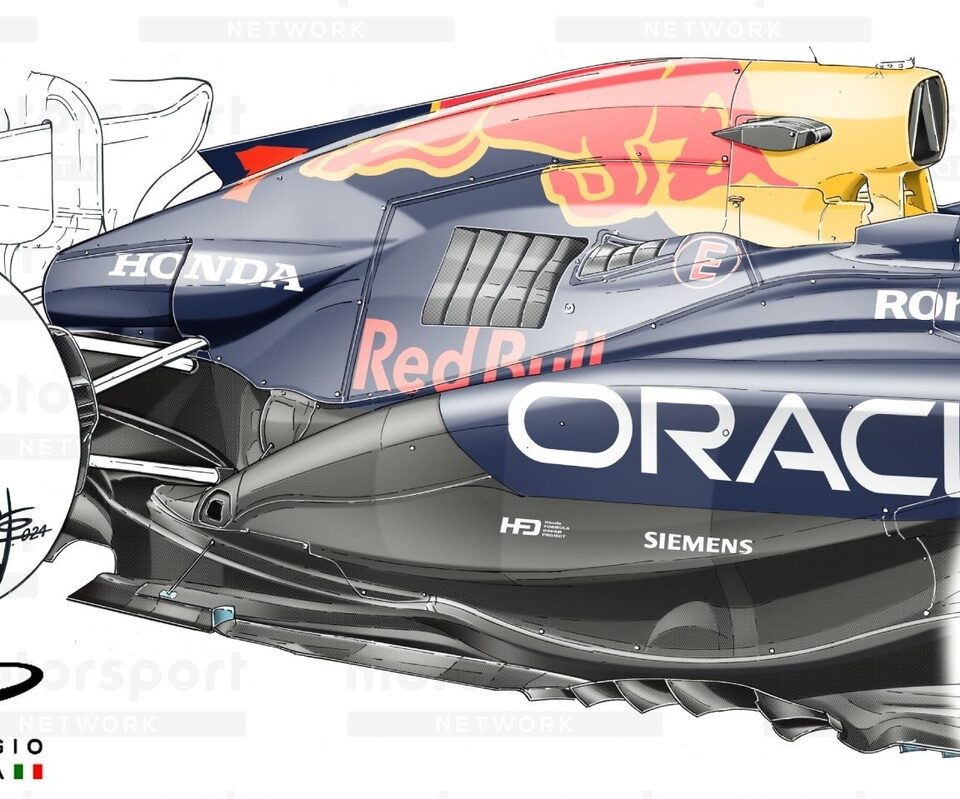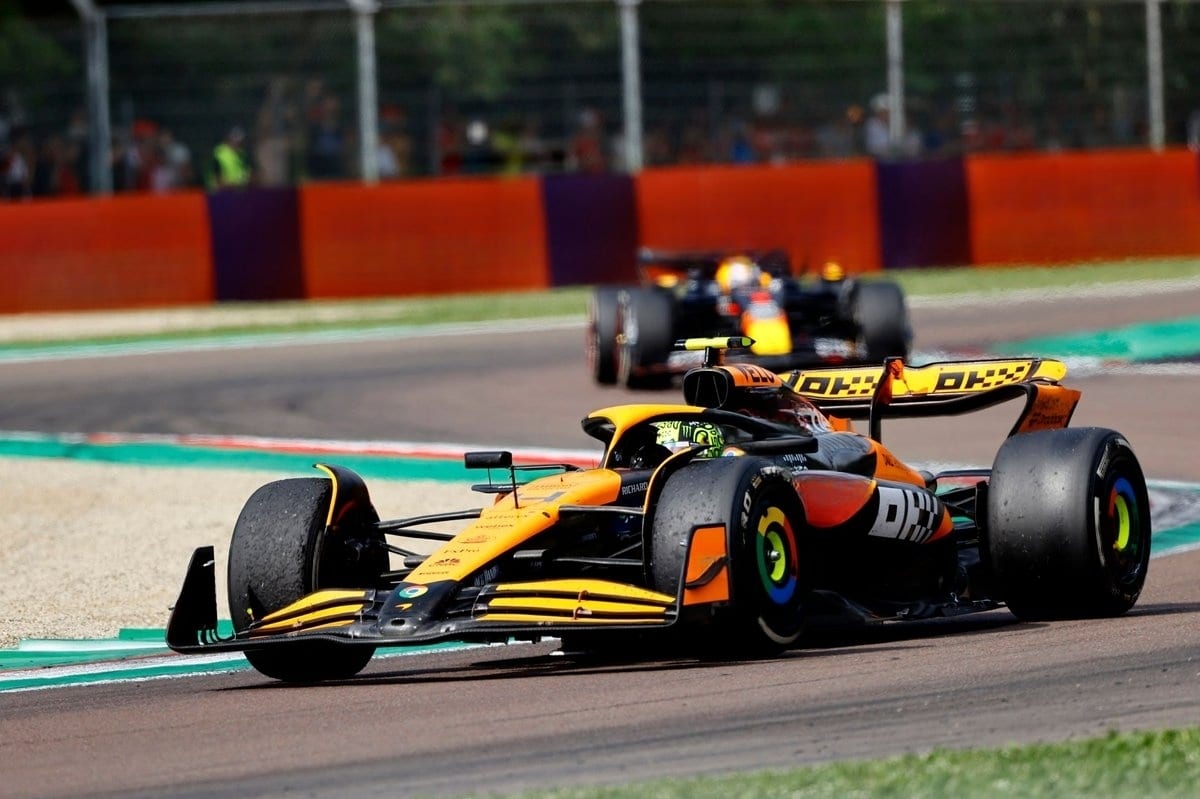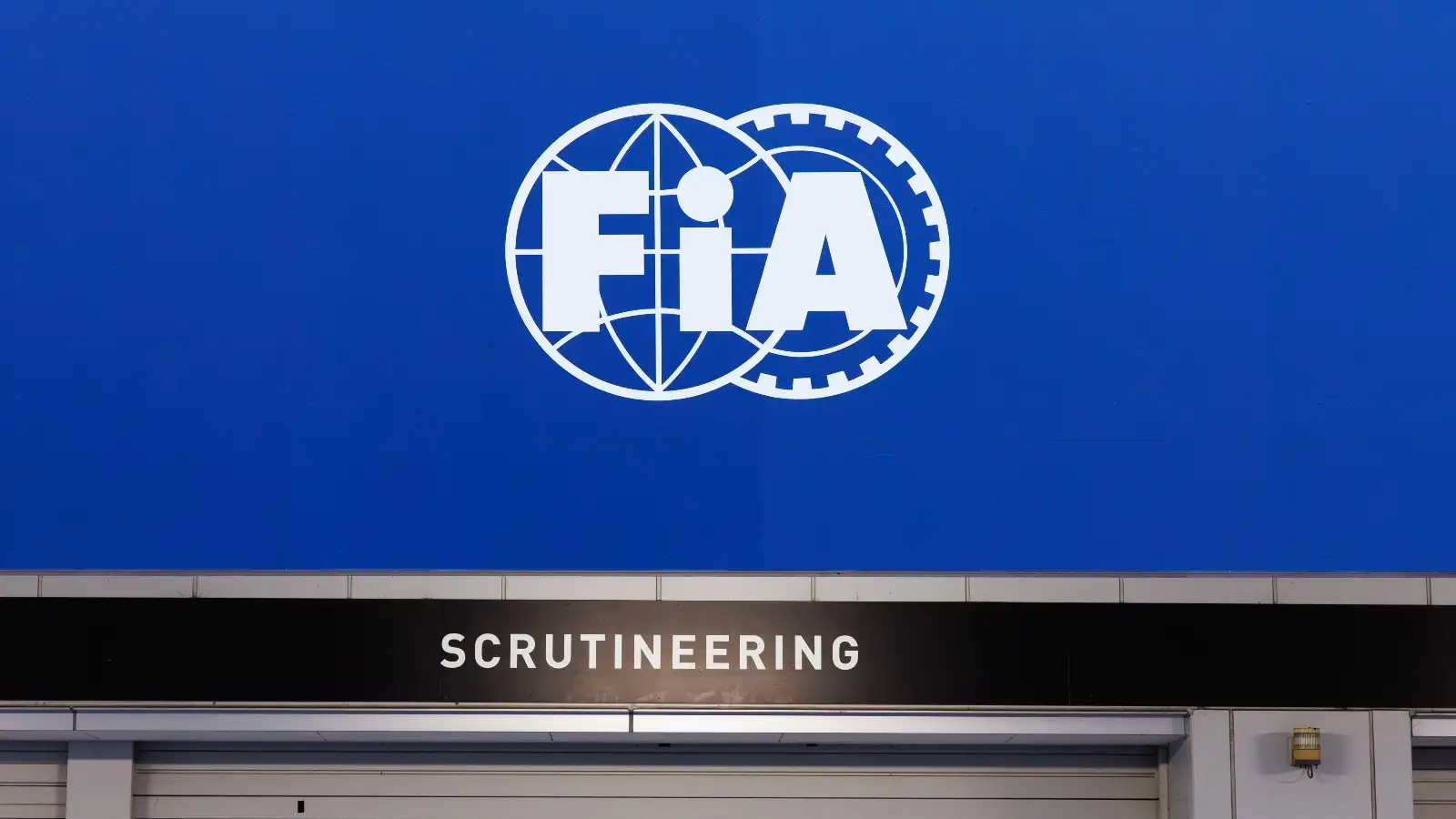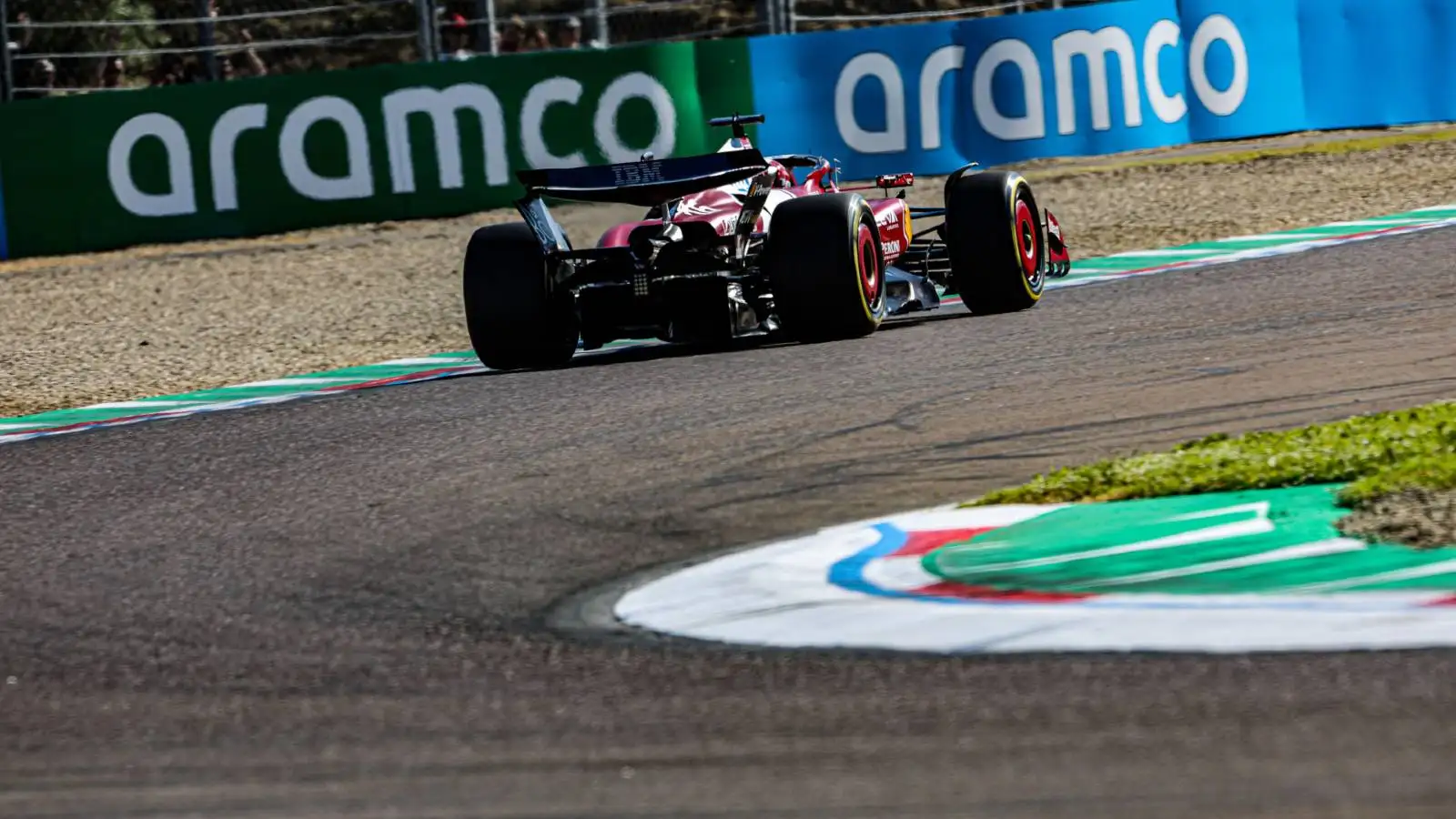Red Bull’s latest upgrades for the RB20 won’t be making an appearance at the Belgian Grand Prix, but it’s not because they were a flop in Hungary.
Last weekend, Red Bull introduced major revisions to the sidepods and engine cover, removing the Mercedes-style gulleys. The idea was to maximize downforce, even at the cost of aerodynamic efficiency. These changes were a gamble meant to shine at the twisty Hungaroring track.
However, things didn’t go as planned. Max Verstappen tested the new setup and felt it didn’t deliver the expected improvements. This has made him worried that Red Bull might fall behind McLaren, currently acknowledged as the fastest car in Formula 1.
Christian Horner, Red Bull’s team boss, acknowledged the need to analyze data to understand why the upgrades didn’t perform as well as expected. He said, ‘I think we have to look at all the data, now that we have it, and look at obviously where we need to optimize, and where we’re not getting the performance that we obviously want to achieve.’
For the upcoming Belgian Grand Prix, Verstappen will revert to the old bodywork. The reason? Spa-Francorchamps demands extreme aerodynamic efficiency, making the high-drag version used in Hungary a poor fit for this track.
Pierre Wache, Red Bull’s technical director, suggested that the team might consider changing their car setup from race to race depending on track requirements. ‘If the cooling level requirement and track characteristic will push us to change, yes, we will,’ he said. ‘We try to make the quickest car… [Changing] at each track, then it could be a possibility, yes. We don’t know yet.’
Red Bull took a bold approach with their RB20 upgrades after dominating the last two seasons. They knew other teams would eventually catch up, so they experimented with new cooling designs, modifying the sidepod’s vertical inlet and repositioning coolers.
These changes included a new engine cover and high-mounted coolers, inspired partly by the Mercedes W14. Red Bull optimized this layout during the season, adding new intakes and adjusting the sidepod’s shape.
In Hungary, they introduced a new engine cover designed for low-speed, high-downforce tracks. This meant tighter fitting bodywork, changing cooler configurations, and adding new air intakes. However, this higher drag approach wouldn’t suit Spa-Francorchamps.
So, while Red Bull’s innovations didn’t show immediate results, the team continues to adapt and optimize for each race. Their willingness to experiment and adjust could pay off in the long run.
Red Bull’s strategic adjustments and willingness to experiment show their commitment to staying competitive. Although not every upgrade works immediately, their adaptability will be key in the ongoing Formula 1 battle.










